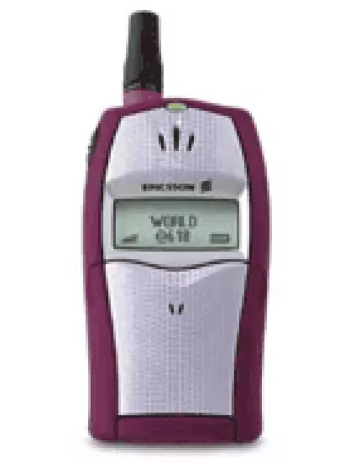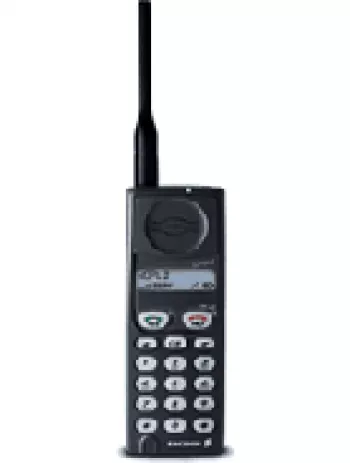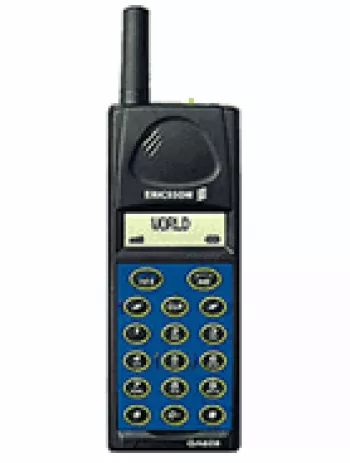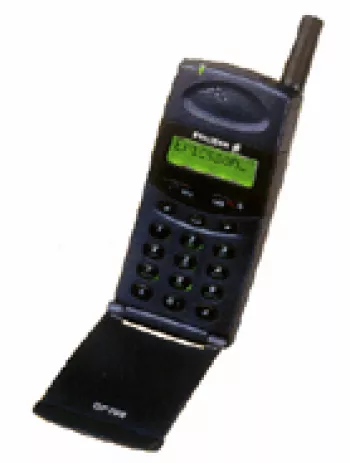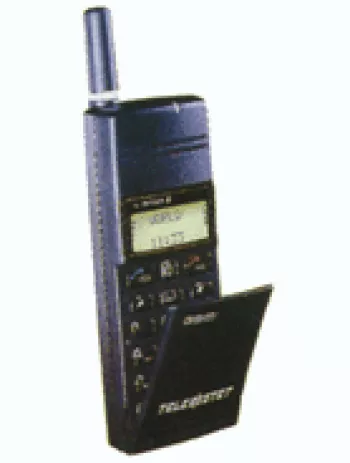
Overview of Ericsson GS 337
The Ericsson GS 337 was a distinctive mobile phone that emerged during a pivotal era of technological advancement in mobile communications. Announced in 1995 and now discontinued, this device remains a notable part of mobile history. It exemplified the early design and functionality of mobile phones during the 1990s, a period marked by the rapid evolution of GSM technology and the gradual transition from analogue to digital cellular networks.
Design and Build
The Ericsson GS 337 sported a robust design signature of mobile phones from its era. Measuring 130 x 49 x 24 mm (5.12 x 1.93 x 0.94 in) and weighing 193 grams (6.81 oz), the phone was not as compact as today’s smartphones but offered durability that was valued during the time. The use of a Mini-SIM card and its overall weight contributed to its solid feel, ensuring a sense of reliability and endurance.
Display Characteristics
The display was alphanumeric, a common feature of the time, with resolution set at 3 x 12 characters. While it did not support modern visual media needs, this type of display was practical for basic telephony functions, like dialling numbers and reading text messages. The simplicity of the display contributed to the phone's energy efficiency and longevity, qualities highly valued by its users.
Network and Connectivity
Operating on GSM technology, specifically the GSM 900 band, the Ericsson GS 337 was part of the initial wave of truly mobile devices that facilitated broader communication capabilities across different regions. However, it did not support GPRS or EDGE, features that were introduced later in mobile telephony, thus limiting its data communication capabilities to basic voice calls.
Memory and Storage
Reflecting the early stage of mobile phone technology, the Ericsson GS 337 did not provide expandable storage options or a detailed phonebook function. The lack of a card slot and other modern memory functions emphasized its primary role as a device for making and receiving calls, rather than serving as a multifunctional gadget.
Audio and Sound
The audio features of the GS 337 were basic. It supported monophonic ringtones, which were standard at the time. There was no loudspeaker, and the absence of a 3.5mm headphone jack indicated its limited multimedia capabilities. Such limitations were typical in devices of that era, where the focus remained on core telephony services.
Battery Life
The battery was a significant part of the phone's functionality, using a removable NiMH 915 mAh battery. It offered a stand-by time of approximately 25 hours and a talk time of up to 110 minutes. These specifications reflect the phone’s usage pattern during the 1990s, prioritizing essential communication over extended usage time, which aligns with the technological limitations and lifestyle needs of that period.
Additional Features
In terms of extra features, Ericsson GS 337 was equipped with basic yet essential tools such as a clock and an alarm. It did support SMS, albeit receive-only, which limited its text communication functionality. The absence of advanced features like games, sensors, and internet browser functionality highlight its design focus on communication basics. Java support and connectivity features such as Bluetooth, WLAN, positioning, and radio were notably absent, delineating a clear boundary from more modern devices.
The Legacy of Ericsson GS 337
The Ericsson GS 337 stands as a historical marker of mobile technology evolution. Although its features are rudimentary compared to today's standards, it represents a time when mobile communication was becoming accessible to the masses. Its straightforward functionality paved the way for future innovations, serving as a stepping stone to the smartphones we are familiar with today.
Conclusion
The Ericsson GS 337 is an important reminder of the mobile phone industry's roots. While its capabilities were limited by today’s standards, the GS 337 emphasized portable communication. For historians of technology and mobile enthusiasts, it remains an interesting device to reflect on as part of the evolution of mobile technology, showcasing an era where making a call outside the confines of a landline was considered groundbreaking.
Key Features of Ericsson GS 337
- Supported Technology: GSM
- Compact Design: Dimensions of 130 x 49 x 24 mm
- Lightweight: Weighs 193 g
- Display: Alphanumeric with 3 x 12 character resolution
- Battery: Removable NiMH 915 mAh offering up to 110 minutes of talk time
- Basic Features: Includes Clock and Alarm functionalities
- Messaging: Supports SMS (Receive only)
- 2G Network Capability: GSM 900 bands
Drawbacks of the Ericsson GS 337
- Lacks GPRS and EDGE capabilities, limiting data options to basic GSM network.
- The phone is discontinued, meaning it lacks support and modern updates.
- Weighs 193 g, which is relatively heavy for a mobile device.
- Incorporates a basic alphanumeric display with limited resolution (3 x 12 characters).
- No memory card slot, phonebook, or call records storage available.
- Does not feature a camera, reducing multimedia functionality.
- No loudspeaker or standard 3.5mm headphone jack for audio.
- Lacks modern communication features: no WLAN, Bluetooth, or USB support.
- Capable of receiving SMS only, limits two-way text messaging.
- Does not include any games or support for Java applications.
- Limited battery life with a maximum stand-by of only 25 hours.
View Also
More Phones
All Rights Reserved +14266 Phones © Mobilawy 2025















